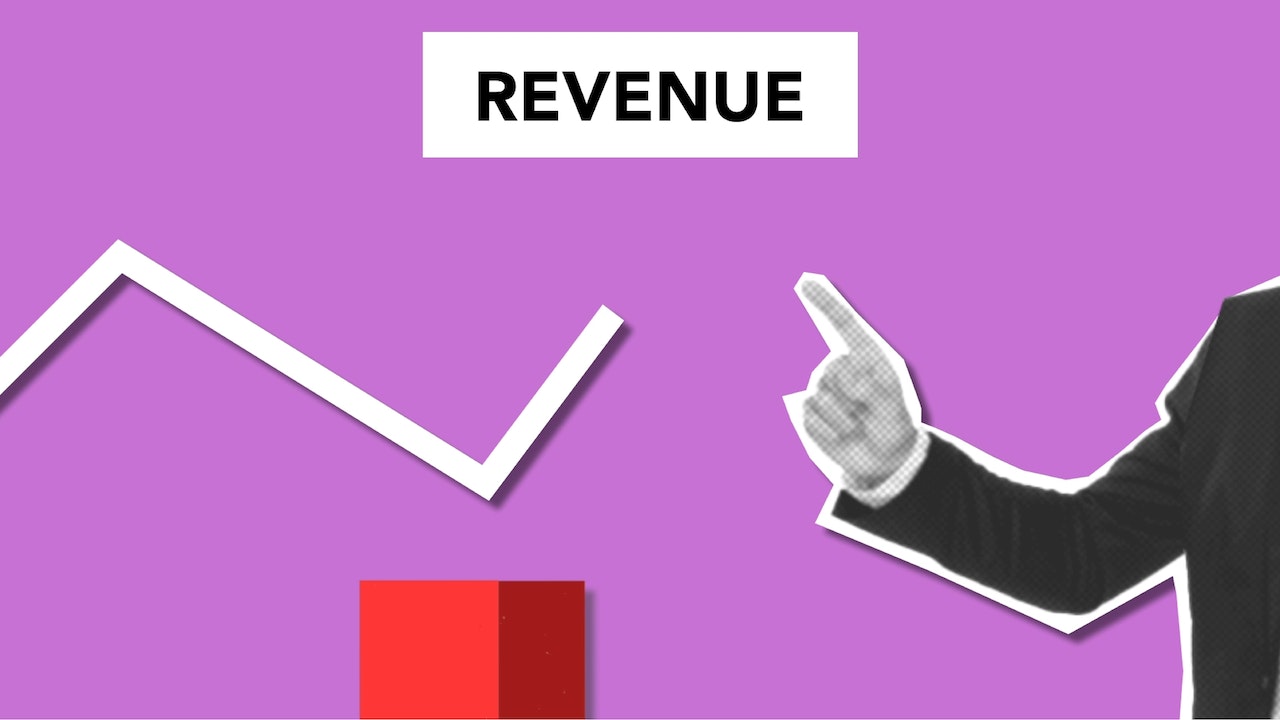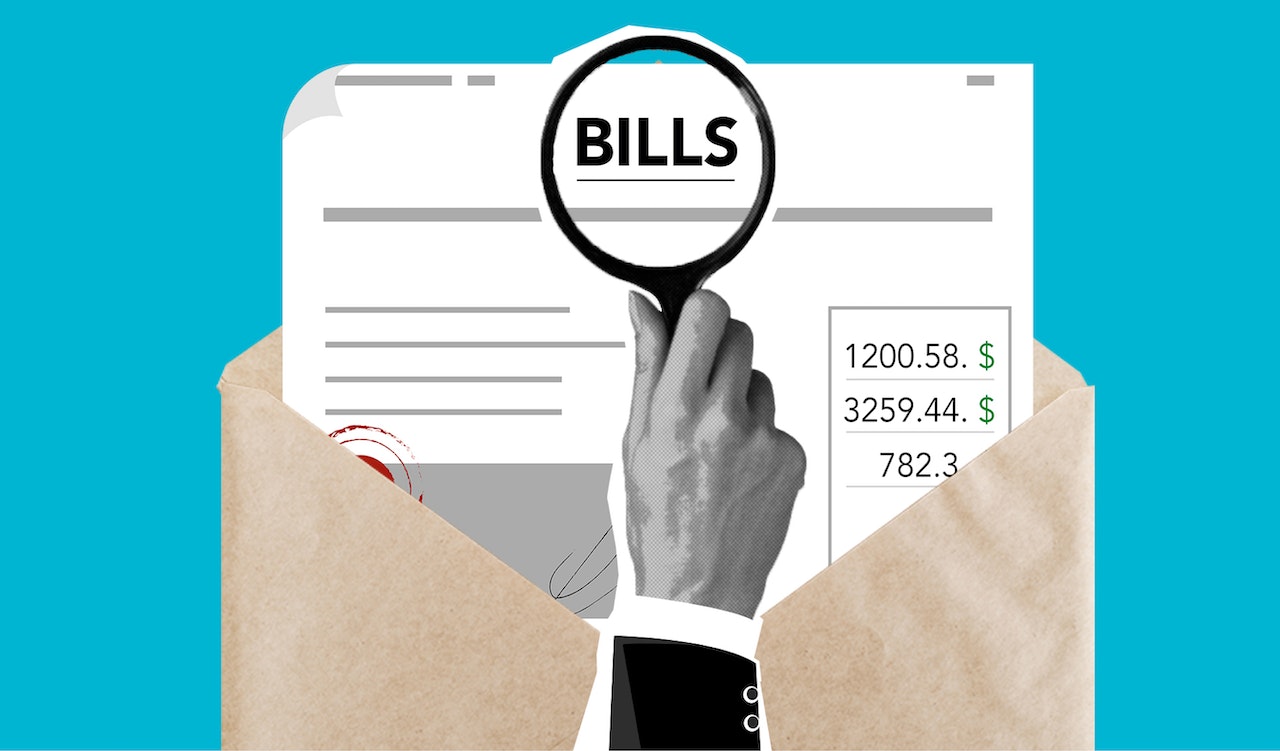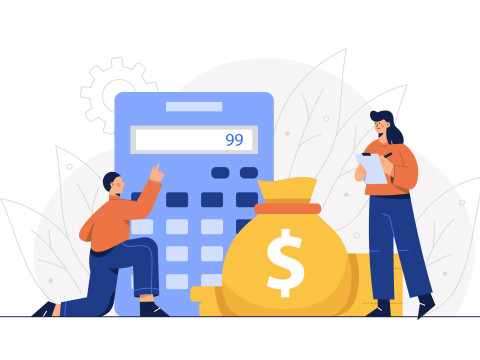How to BOOST your Digital Marketing Agency's Profits

Continuing our series on the stages of digital agency growth, we now delve into the most crucial indicator of success for any digital marketing or service business – profitability.
If your agency is looking to boost its profit margin, this article aims to guide you in achieving that goal. First, let's clarify profitability - How do we measure it, and what tactics can digital agencies employ to make more money.
Let’s discuss!
What is Profitability?
Simply put: Profit = Revenue - Costs
... the financial surplus remaining after deducting all operational costs, taxes, and interest payments from total revenue
Profit is the primary goal of any agency, it serves as a testament to the value it brings to its clients. By improving profits, an agency can not only improve its financial stability but also create opportunities for expansion and innovation.
| Service Type | Profit Target | Suggestions |
|---|---|---|
| SEO Services | 25% | Optimize workflow, use scalable tools, offer tiered pricing packages |
| Social Media | 30% | Automate tasks, focus on high-value services, upsell additional features |
| Content Marketing | 20% | Streamline content creation, outsource to freelancers, create content packages |
| PPC Management | 15-20% | Offer performance-based pricing, optimize campaign management, upsell landing page optimization services |
| Web Design | 25% | Utilize templates, outsource development, upsell maintenance and updates |
| Email Marketing | 30% | Automate campaigns, segment lists for personalization, charge for premium templates and strategy |
| Analytics | 20% | Offer analytics as part of other services, focus on data-driven insights, upsell strategy and optimization services |
Note: Keep in mind that these profit margins targets should only serve as a guide and can vary widely based on factors, such as location, agency size, target audience, and competition.
What are effective strategies to increase profitability? Let’s find out in the next section!
Strategies to Increase Your Digital Marketing Agency’s Profitability

1. Increase Revenue
From our profit formula above, increasing revenue means increasing profits. What are some ways to increase revenue for marketing agencies.
Raise your prices
It’s as simple as that. To increase your revenue, you have to raise the prices you’ve set for your services. With the rising inflation, this would seem easy but you’d be surprised by how many business owners would tell you that even after years of running their own business, they still find raising prices fairly difficult.
Even the most assertive business owners have a hard time discussing rates and pricing. To increase your agency’s revenue however, raising prices for selected services might be necessary every now and then. Especially when the process of accomplishing these select services also include spending on utilities and other things that are heavily affected by the rising inflation.
When an agency is compelled to spend more on the accomplishment of a task and its clients can’t subsidize the expenses incurred, then the agency will eventually be facing huge losses, which will also affect its revenue and profitability.
(If you need any help figuring out how to price your services/products, this article on pricing might be able to give you some insights on the matter.)
Targeting Profitable Industries or Niches
One of the most effective ways to increase the profit of a marketing agency is by targeting profitable industry or niches. By focusing on clients in industries with high budgets and need for marketing services, your agency can tap into a lucrative revenue stream. This approach not only helps in increasing revenue but also a solid foundation for implementing other sub-strategies like diversifying your services and upselling and cross-selling.
Identifying Profitable Niches
The first step in targeting profitable niches is to identify the industries with the high demand for services you can excel in.
-
Analyze Competitor Portfolios and Testimonials: Review and analyze websites of local agencies that provide similar services to your specialization. Examine their case studies and testimonials to identify prevalent industries that could be a good fit for your agency to target.
-
Identify Industry Growth Trends: Research current and projected growth trends in various industries. Target industries that are experiencing rapid growth, as these sectors are likely to have a higher demand for marketing services and software solutions.
-
Assess Market Demand: Determine the market demand for your services within specific industries. Conduct market research, surveys, or interviews with potential clients to gauge their interest in and need for your agency's offerings.
-
Evaluate Profit Margins: Look for industries with higher profit margins, as businesses in these sectors might have larger budgets for marketing and software services. This can lead to more lucrative projects and long-term partnerships.
-
Understand Industry Pain Points: Gain a deep understanding of the unique pain points and challenges faced by businesses within each industry. This will help you tailor your services to address their specific needs and position your agency as a valuable partner.
Establishing Your Agency in the Niche
Once you have identified the profitable niches, the next step is to establish your agency as an expert in those industries. You can do this by:
- Building a portfolio that showcases successful campaigns you have executed within the target niche.
- Developing a deep understanding of the industry-specific challenges and pain points that your clients face.
- Creating content, such as blog posts, whitepapers, and case studies, that demonstrates your expertise and thought leadership in the niche.
- Networking and building relationships with industry influencers and decision-makers.
- Participating in industry events, conferences, and online forums to engage with potential clients and stay updated on the latest trends and developments.
Diversifying Your Services
After establishing your agency in the target niche, you can further increase your profit by diversifying your services. This means offering a wide range of marketing services tailored to the specific needs and challenges of clients in the niche. For instance, if you are targeting the healthcare industry, you may offer services like content marketing for medical practices, social media management for hospitals, or search engine optimization for pharmaceutical companies.
Diversifying your services allows you to cater to a broader range of clients within the niche and capture more business. Additionally, it helps to differentiate your agency from competitors and position yourself as a one-stop solution for all the marketing needs of clients in the niche.
Upselling and Cross-Selling
Another effective strategy for increasing profit within the target niche is upselling and cross-selling. By leveraging existing client relationships, you can sell additional services or packages that complement their current marketing strategy.
For example, if a client in the technology niche has hired your agency for social media management, you can upsell them on a content marketing package to create engaging blog posts, articles, and whitepapers. Similarly, you can cross-sell related services like email marketing or search engine optimization to enhance their overall marketing efforts.
Upselling and cross-selling not only help in increasing revenue but also improve client retention. Clients are more likely to continue working with an agency that consistently delivers exceptional results and offers comprehensive marketing solutions tailored to their industry.

2. Reduce Costs
Another crucial aspect for increasing your agency’s profitability is reducing costs.
Keep in mind that cost reduction should not compromise the quality of your services; instead, focus on finding ways to deliver exceptional results in a more efficient and cost-effective manner. Here are some key strategies to consider when looking to reduce costs:
Streamline Operations
The first step in streamlining your marketing agency's operations is to assess your current workflow and identify areas where improvements can be made. This involves analyzing each stage of your processes, from client onboarding to project execution and delivery, to pinpoint inefficiencies or redundancies. By understanding the strengths and weaknesses of your existing systems, you can develop targeted strategies to optimize and simplify them, leading to a smoother, more efficient workflow.
One effective approach to streamlining operations is the implementation of Standard Operating Procedures (SOPs). SOPs are documented, step-by-step guidelines that outline the best practices for completing specific tasks or processes within your agency. By developing comprehensive SOPs for each key function, you can ensure that your team members are consistently following the most efficient methods, resulting in reduced errors, increased productivity, and improved quality of work. Additionally, well-defined SOPs make it easier to onboard new employees and provide them with a clear understanding of their roles and responsibilities, further enhancing your agency's overall efficiency.
Another important aspect of streamlining operations is the integration of automation tools and technologies. By automating repetitive tasks, such as data entry or report generation, your team can focus on higher-value activities that directly contribute to your agency's profitability. Furthermore, consider consolidating software tools and subscriptions to reduce costs and simplify your technology stack. This may involve investing in all-in-one solutions that cater to multiple functions, such as project management, communication, and billing. By embracing the right tools and technologies, your marketing agency can significantly improve its operational efficiency and ultimately drive higher profits.
Optimize Staffing Levels
Regularly evaluating your team's workload and capacity can help you avoid overstaffing, which leads to higher payroll expenses and underutilized resources. Conversely, understaffing can result in missed deadlines, employee burnout, and decreased client satisfaction. By maintaining optimal staffing levels, your agency can operate more efficiently and deliver consistent, high-quality results.
You can also consider hiring freelancers or part-time employees during peak periods or for specific projects. By leveraging a flexible workforce, you can scale your team up or down as needed, reducing labor costs while maintaining the ability to meet client demands.
It is important to provide freelancers with clear, step-by-step guidelines on how to execute tasks and processes within your agency. Well-defined Standard Operating Procedures (SOPs) can play an essential role in effectively onboarding and managing freelancers.
Negotiate with Suppliers and vendors
Regularly review contracts with suppliers and third-party vendors to identify areas where costs can be reduced. Negotiate better terms or consider alternative suppliers that provide similar quality services at lower prices.
Monitor and Control Overhead Expenses
-
Track expenses diligently: Implement a robust expense tracking system to monitor all overhead expenses, including rent, utilities, software subscriptions, and office supplies. Regularly review these expenses and identify patterns or trends that may suggest inefficiencies or areas for cost reduction.
-
Optimize office space: Reassess your office space needs and consider downsizing or relocating to a more cost-effective location if it makes financial sense. Alternatively, explore options like shared office spaces or remote work arrangements to reduce rent and utility costs.
-
Embrace energy-efficient practices: Implement energy-saving measures, such as using energy-efficient lighting, optimizing heating and cooling systems, and encouraging employees to power down equipment when not in use. These practices can help reduce utility costs in the long run.
-
Consolidate software subscriptions: Review your software subscriptions and identify any redundancies or underutilized tools. Consolidate your software stack by investing in multi-functional tools that can cater to several needs, reducing the overall cost of subscriptions.
-
Outsource non-core functions: Consider outsourcing non-core functions, such as accounting, payroll, or IT support, to reduce the cost of hiring and maintaining full-time staff for these roles.
Get rid of bad clients
Good clients bring in more revenue, deal with you on the up and up, and treat you and your staff kindly and respectfully. Bad clients on the other hand, can be demanding, dishonest in their dealings, terrible at paying, and take up so much of your time.
Getting rid of bad clients allows marketing agencies to redirect their resources, time, and energy toward more profitable and collaborative client relationships. This helps create a more positive working environment, improve team efficiency, and increase the overall quality of work.
Additionally, a stronger client base can lead to more referrals, helping the agency attract new clients that align with its values and contribute positively to its growth. By being brave enough to get rid of bad clients, and you know who they are, marketing agencies can create a more sustainable and profitable business model, ultimately increasing their revenue and ensuring long-term success.
Invest in Technology
Embrace technology and tools that can help your agency operate more efficiently, such as project management software, time tracking tools, and collaboration platforms. Smartoo is a tool built to help digital agencies, software houses and service businesses boost profitability with the below features;
Smart Budget - Smartoo helps agency owners convert project quotations into man hour budgets for their team. Teams perform better with clear targets boosting efficiency.
Smart Scheduling - Smartoo's easy to use resource scheduler allows agency owners and project managers to maximize team utilization without burning out the team.
Smart Reports - Combining the above, updated schedules providing resource usage tracking for strategic budget items, Smartoo gives agency owners clear actionable insights into their agency to improve their profits.
Wrapping Up
Clearly, there is no single surefire way to boosting profitability. By focusing on targeting the right industries, identifying and getting rid of bad clients, optimizing your service offerings, and investing in efficient tools and resources, your agency can create a sustainable and profitable business model.
Remember to continuously track your progress and adapt your strategies to the ever-changing market conditions. Stay up-to-date with industry trends, embrace innovation, and prioritize employee growth and satisfaction to create a thriving work environment. A successful marketing agency is built on the foundations of strong client relationships and exceptional service quality.
By implementing these strategies and remaining committed to providing value to your clients, your marketing agency or service business will not only increase its profitability but also a solid reputation in the industry, paving the path towards long-term success and growth.





